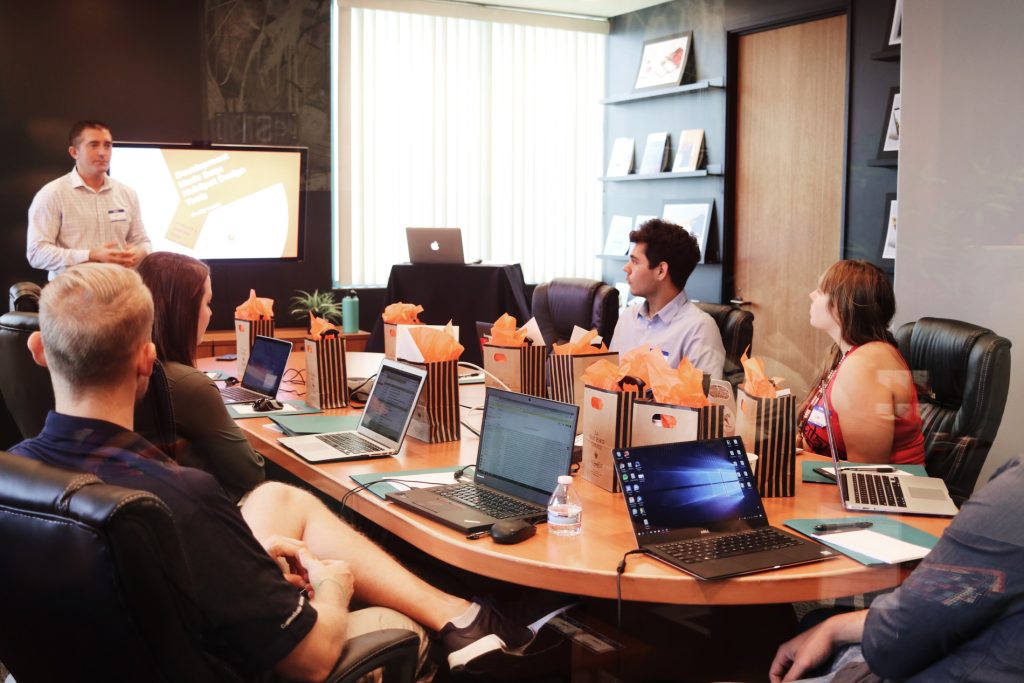Understanding the distinction between rightsizing and downsizing in business
In today’s economy, companies often find themselves navigating the delicate balance of optimising their workforce to match their objectives and operational requirements. In this pursuit, two terms frequently arise: “rightsizing” and “downsizing.” While both concepts pertain to managing human resources within an organisation, they hold distinct meanings, implications, and approaches. This article delves into the nuances that differentiate rightsizing from downsizing, shedding light on their respective impacts on businesses and employees.
Rightsizing: Striking the balance for optimal performance
Rightsizing embodies a comprehensive approach to workforce management, one that hinges on ensuring that an organisation’s employee composition aligns harmoniously with its strategic goals, market conditions, and operational needs. Unlike downsizing, which often connotes a reduction in workforce size, rightsizing can encompass adjustments in both directions – expansion and contraction – based on the unique demands of the business environment.
At its core, rightsizing acknowledges that the needs of a company are dynamic and subject to change. An organisation may be poised for growth due to market opportunities, requiring an influx of talent across various functions. Conversely, it might encounter a shift in industry trends or technological advancements, prompting a re-evaluation of its workforce to enhance agility and competitiveness.
Rightsizing is not solely a numbers game. While it may involve restructuring and resizing teams, it places equal emphasis on ensuring that employees possess the appropriate skills and expertise to fulfil their roles effectively. In this way, rightsizing seeks to foster a dynamic, adaptable workforce that can readily respond to emerging challenges and capitalise on new prospects.
Downsizing: Reactive approach to cost containment
In contrast to the all-encompassing nature of rightsizing, downsizing is a more targeted strategy that revolves around reducing the number of employees within an organisation. This approach is often employed in response to financial constraints, operational inefficiencies, or the need to navigate turbulent economic climates. Downsizing can involve layoffs, early retirements, or the elimination of entire departments or divisions.
While downsizing may provide short-term financial relief and streamline operations, it carries profound implications for an organisation’s culture, morale, and overall reputation. Employees who remain after downsizing may experience increased workloads, decreased job security, and diminished job satisfaction. Downsizing can erode trust between employees and management, potentially undermining collaborative efforts and hindering long-term growth prospects.
Balancing strategy and humanity
When contemplating the choice between rightsizing and downsizing, businesses must recognise the complex interplay between strategic imperatives and the human element. While both approaches aim to align the workforce with the organisation’s objectives, they diverge significantly in their scope and consequences.
A holistic rightsizing strategy embodies a proactive stance, leveraging the potential of human capital to navigate shifting landscapes successfully. By fostering a culture of adaptability and continuous learning, companies can ensure that their workforce remains versatile and prepared to embrace change.
On the other hand, downsizing, while offering immediate financial relief, demands careful consideration of the long-term ramifications. Organisations must weigh the short-term gains against potential cultural upheavals and the impact on the morale of the workforce that remains.
Rightsizing and downsizing serve as divergent paths in the realm of workforce management. The former seeks to harmonise an organisation’s human resources with its strategic ambitions, adapting proactively to change. The latter, often driven by financial necessity, carries the potential for both short-term benefits and enduring challenges. To thrive in the dynamic business landscape, leaders must carefully evaluate the context, objectives, and ethical implications of each approach, ultimately opting for a strategy that aligns with their vision for sustained growth and organisational well-being.
ARE YOU LOOKING FOR STAFF IN THE HUNTER VALLEY NEWCASTLE REGION?
ASR Recruitment is a boutique recruitment agency specialising in Human Resources recruitment, Engineering recruitment, IT & Technology recruitment, Business Support recruitment, Marketing & Communications recruitment, Accounting & Finance recruitment and Construction recruitment.
Find out more by visiting our Clients page!
Looking for a new Role Search Jobs here.
From our blog
Read our articles below to see our latest insights.









